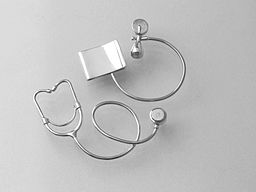According to the WHO, 70-90% of all medical devices donated to the developing world never function as intended. [i] [ii] Very simple faults, like a broken fuse or dead batteries, account for 15% of these failures. Twenty per cent of all donated equipment are not used because there are no manuals available or because of poor user training. Even when training is provided, it is rare for technical staff to be provided with technical training.
How would an open-source medical device like a syringe pump solve some of these problems? A new syringe pump currently on the market can cost between 500$ and 10Kk$, depending on the number of features and its application. Open-source syringe pumps can be built for 5-10% of the cost of a pump of similar performance, which has great potential for making medical devices more accesible in the developing world, [iii] where devices can also be designed as open-source and built for specific use cases, instead of having to depend on donated equipment from first world countries.
Arguably, under-resourced ‘developed’ healthcare has exactly the same problems though on a different scale: open-source should therefore have similar benefits in the developed healthcare systems.
[i] Malkin R, von Oldenburg Beer K. Diffusion of novel healthcare technologies to resource poor settings. Ann iomed Eng 2013;41:1841–50.
[ii] Richards-Kortum R, Oden M. Devices for low-resource healthcare. Science 2013;342:1055–7.
[iii] Aufieri R, Picone S, Paolillo P. Collaborative development ofopen source-appropriate technologies: a way to reduce the global access gap? BMJ Innov 2015;1:37–8.

